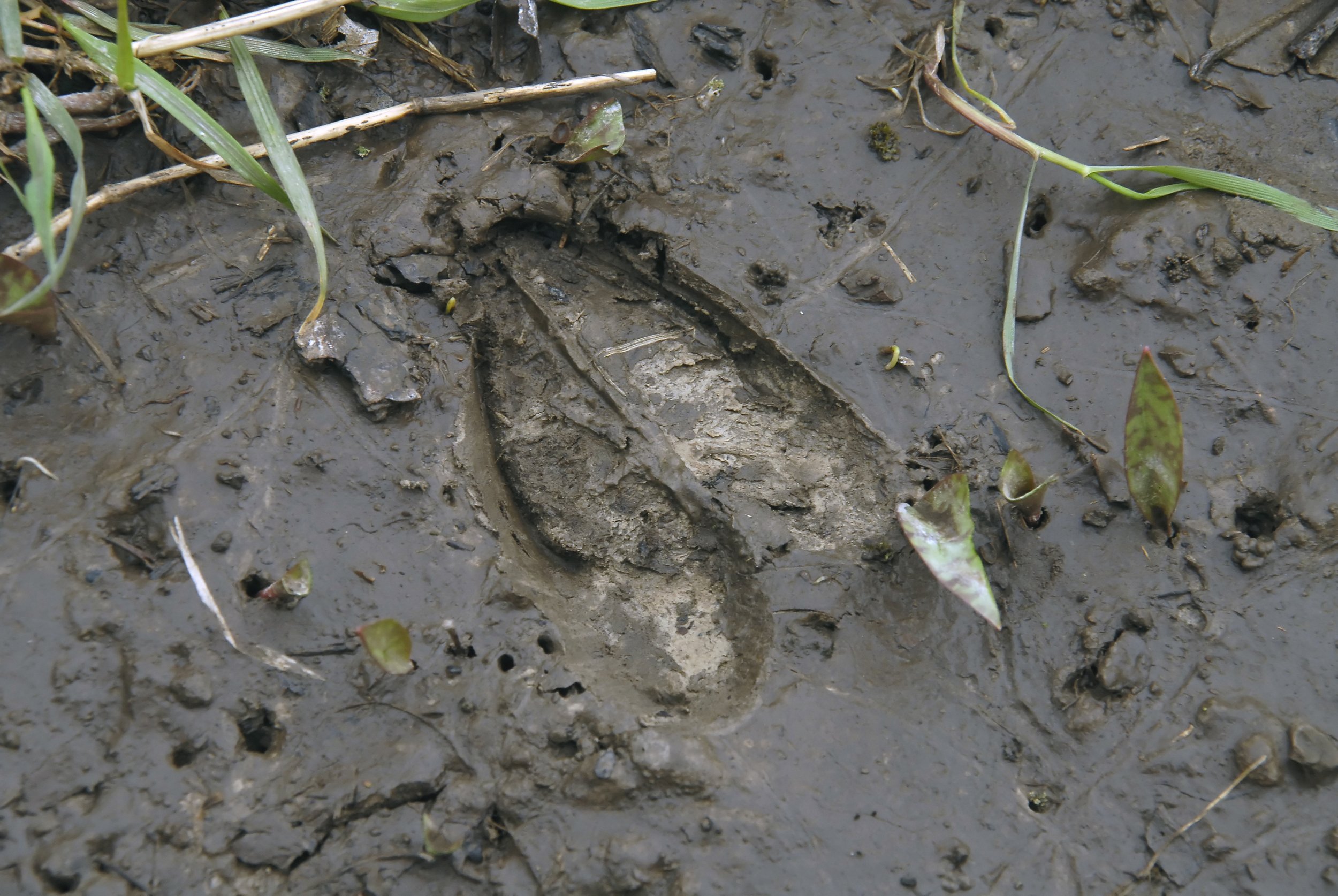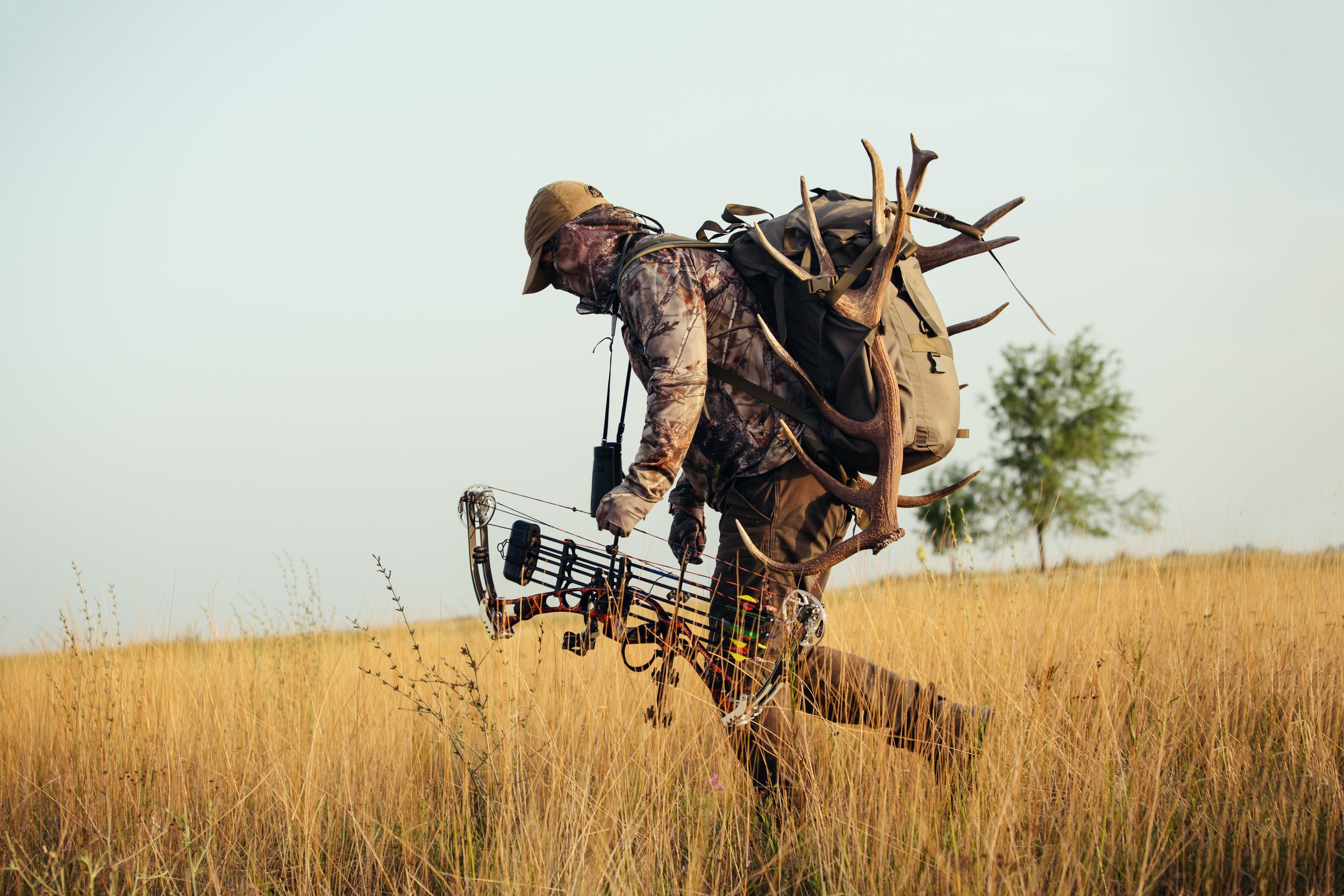The Power of Smell in North America’s Big Game
The sense of smell plays a vital role in the survival of many wild species—especially North America’s big game. Deer, moose, elk, and bears rely heavily on their olfactory abilities to navigate challenging and often hostile environments. Their ability to detect scents over great distances helps them identify threats, find food, communicate, and reproduce.
In this article, we explore the remarkable smelling capabilities of North America’s big game—and why understanding this hidden superpower is a major advantage for both hunters and wildlife observers.
Smell: A Critical Survival Tool
Big game species in North America possess extremely advanced olfactory systems—far beyond human capacity. While the human nose contains about 5 million scent receptors, these species boast hundreds of millions. To them, every scent carries a wealth of information: the presence of a predator, another individual, or a potential food source.
Scent as a Tool for Communication and Detection
Smell is not only used to detect danger or locate food—it also plays a key role in communication, especially during the breeding season. For example, many male deer emit pheromones to attract females and use their noses to detect those in estrus from several hundred meters away.
Remarkable Olfactory Abilities Among Big Game
White-tailed Deer
One of the most popular and challenging species for North American hunters, the white-tailed deer has an incredibly refined sense of smell. With roughly 297 million scent receptors, it can detect human presence from hundreds of meters away—even hours after the scent was left behind. Their nostrils can identify pheromones and distinguish between multiple odors simultaneously, thanks to a specialized olfactory organ.
Moose
As the largest member of the deer family, the moose has a highly developed sense of smell, though slightly less acute than the white-tailed deer. Moose can locate food beneath thick snow cover—sometimes more than 60 centimeters deep—a critical advantage for surviving harsh winters. During the rut, males rely heavily on scent to detect females in estrus across long distances.
Elk (Wapiti)
Elk, also known as wapiti, have a sense of smell nearly on par with white-tailed deer. In rutting season, males emit a strong musky scent not only to attract females but also to assert dominance over rivals. Elk are particularly sensitive to human odors, making them a notoriously difficult species to approach undetected.
Black Bear
While not classified as big game in every jurisdiction, the black bear deserves special mention for having one of the most powerful senses of smell among all land mammals. With close to a billion scent receptors, black bears can detect a carcass from several kilometers away—even under moderate wind conditions. This ability is critical for survival, especially when food sources are scarce or widely dispersed. It’s also a major asset during the pre-hibernation period, when bears need to build up their fat reserves.
How Hunters Can Use This Knowledge
Understanding the olfactory strengths of big game is key to increasing your chances of a successful hunt. Here are some tips to reduce your scent footprint:
Minimize human odor
Big game can detect traces of human scent left on vegetation or the ground for hours. Use scent-free soaps and laundry products designed for hunters.
Odor control gear
Specialized gear—like carbon-lined clothing or scent-filtering masks—can help minimize the amount of scent you release into the environment.
Play the wind
Always position yourself so the wind carries your scent away from the game’s likely path or bedding area. Proper wind strategy is one of the most critical elements in approaching big game undetected.
A Reminder to Respect the Wild
The extraordinary sense of smell among North America’s big game is a powerful reminder of how finely tuned these species are to their natural world. For hunters and wildlife observers alike, recognizing and respecting these capabilities is not only essential for success—it’s also a cornerstone of ethical engagement with the wilderness.
These species thrive thanks to incredible adaptations, and their sense of smell is among the most impressive in the animal kingdom. Honouring that ability—and adjusting our behavior accordingly—is a sign of respect and a step toward a more meaningful connection with the natural world.





